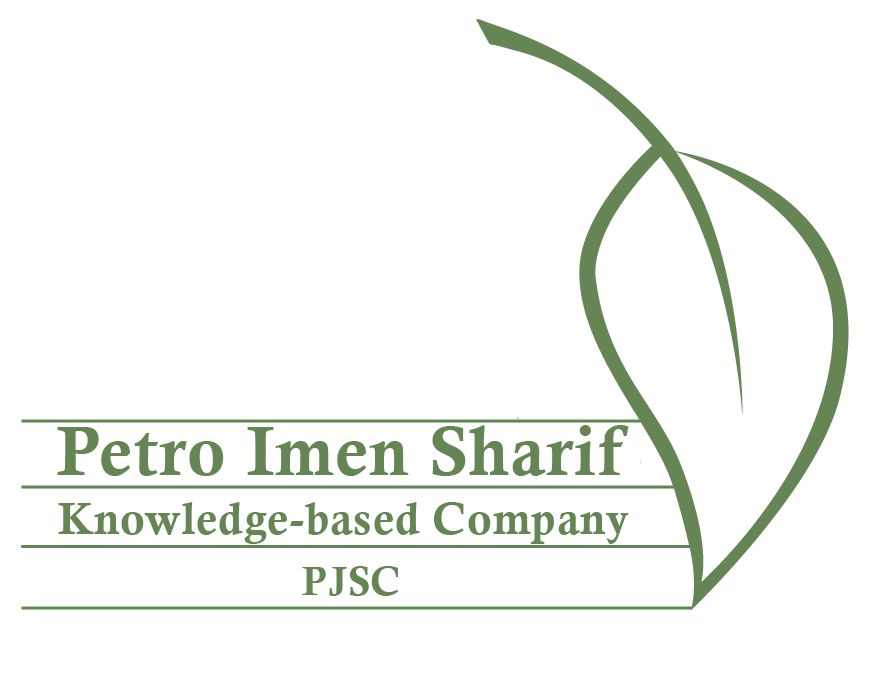This article deals with the value chain and its main purpose can be summed up in one word: “Growth”! The ultimate goal of any business is to achieve continuous development and accelerate the growth process. Growth and development ultimately lead to increased profits and business expansion. Of course, every organization has specific and more precise goals for itself and acts in accordance with them. But value chain management is one of the key factors in business development.
This article deals with the value chain and its main purpose can be summed up in one word: “Growth”! The ultimate goal of any business is to achieve continuous development and accelerate the growth process. Growth and development ultimately lead to increased profits and business expansion. Of course, every organization has specific and more precise goals for itself and acts in accordance with them. But value chain management is one of the key factors in business development.





